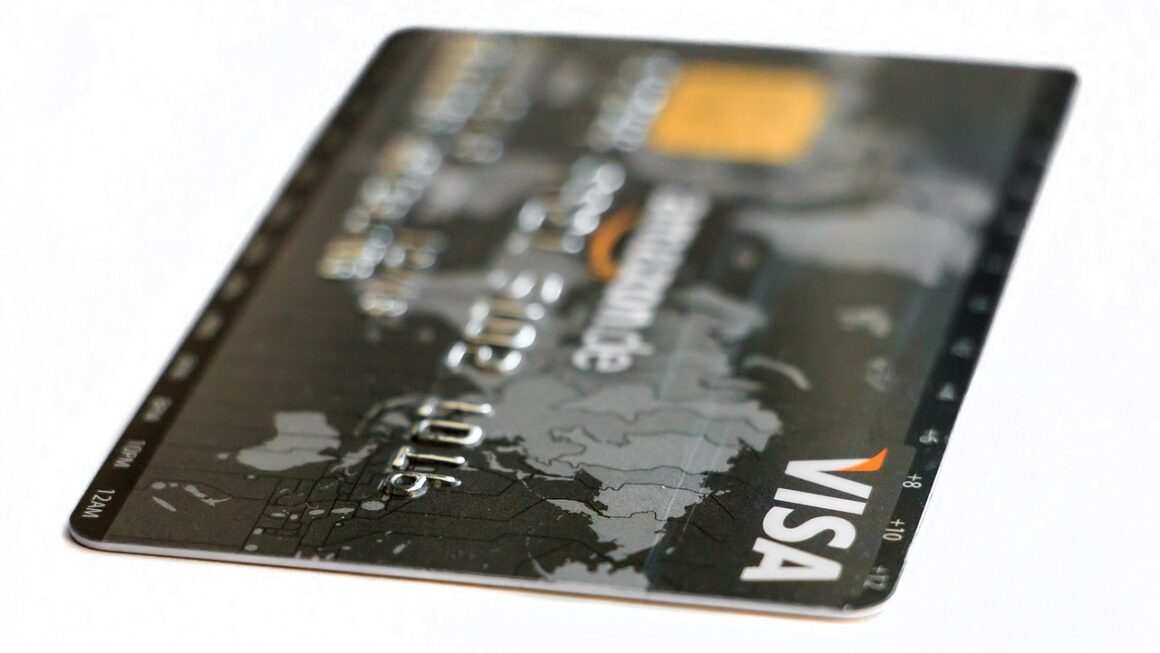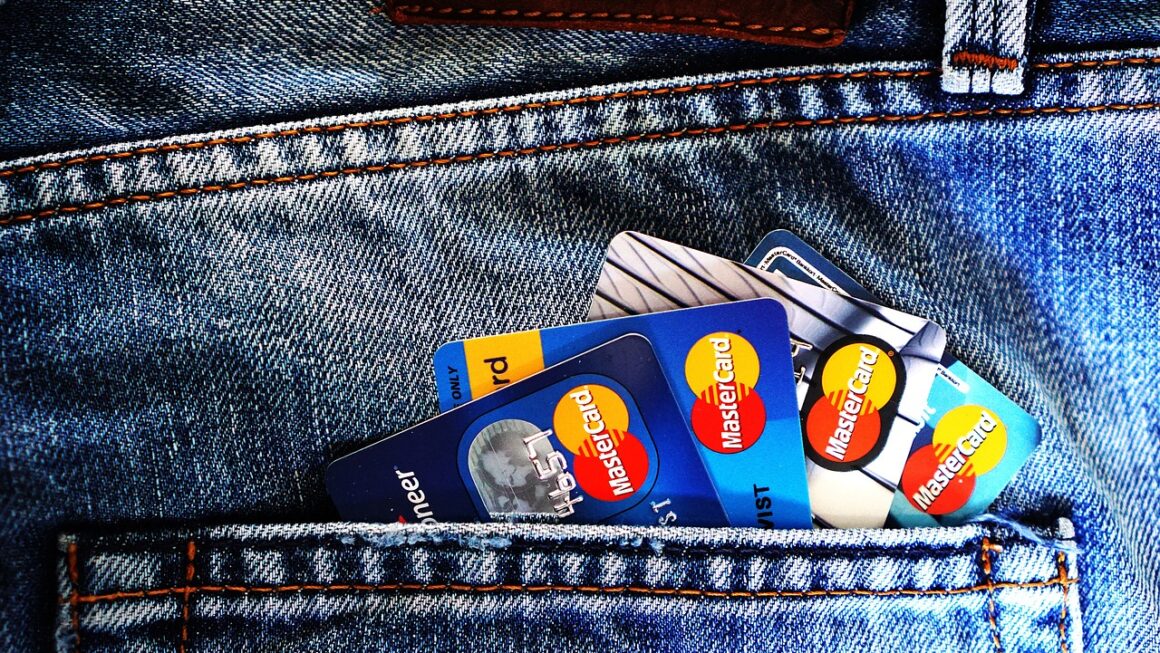Smart spending isn’t just about clipping coupons and finding the cheapest deals (though those are certainly helpful!). It’s about aligning your spending with your values, making informed decisions, and maximizing the value you receive for every dollar you spend. It’s about building a financial foundation that supports your present needs and future goals. Ready to transform your financial well-being? Let’s dive into the world of smart spending.
Understanding Your Financial Landscape
Tracking Your Income and Expenses
Understanding where your money comes from and where it goes is the bedrock of smart spending. Without this knowledge, you’re navigating your finances blindly.
- Tools and Methods:
Budgeting Apps: Mint, YNAB (You Need a Budget), Personal Capital – these apps connect to your bank accounts and automatically categorize your transactions.
Spreadsheets: Create a simple spreadsheet in Excel or Google Sheets. Manually track your income and expenses, categorizing them as needed.
* Notebook and Pen: The old-fashioned way! Write down every expense and income source. This method can be surprisingly effective for mindful spending.
- Categorizing Expenses: Break down your expenses into categories like housing, transportation, food, entertainment, debt payments, etc. This helps you identify areas where you’re overspending.
- Example: After tracking your spending for a month, you might realize you’re spending $300 a month on takeout coffee. That’s $3600 a year! Identifying this allows you to make conscious changes.
Setting Financial Goals
What do you want to achieve with your money? Having clear financial goals provides motivation and direction for your spending habits.
- Short-Term Goals: Saving for a vacation, paying off a small debt, building an emergency fund (3-6 months of living expenses).
- Medium-Term Goals: Saving for a down payment on a house, investing for retirement, starting a business.
- Long-Term Goals: Early retirement, funding your children’s education, leaving a financial legacy.
- SMART Goals: Make sure your goals are Specific, Measurable, Achievable, Relevant, and Time-bound. For example, instead of “Save more money,” try “Save $500 per month for 12 months to build a $6000 emergency fund.”
Creating a Budget That Works For You
Different Budgeting Methods
There’s no one-size-fits-all budget. Experiment to find the method that best suits your personality and lifestyle.
- 50/30/20 Budget: Allocate 50% of your income to needs (housing, utilities, food), 30% to wants (entertainment, dining out), and 20% to savings and debt repayment.
- Zero-Based Budget: Every dollar of income is assigned to a specific expense or savings goal, leaving you with zero dollars remaining.
- Envelope Budgeting: Allocate cash to different spending categories (e.g., groceries, entertainment) and physically place the cash in envelopes. Once the envelope is empty, you can’t spend more in that category until the next budgeting period. This can be helpful for controlling impulse spending.
- Pay Yourself First: Automate your savings by transferring a set amount to your savings account each month before you pay any bills.
Sticking to Your Budget
Creating a budget is only half the battle. Staying disciplined is key.
- Regularly Review Your Budget: Schedule a weekly or monthly review of your budget to track your progress and make adjustments as needed.
- Automate Savings: Set up automatic transfers from your checking account to your savings or investment accounts to ensure consistent saving.
- Find an Accountability Partner: Share your financial goals with a friend or family member who can provide support and encouragement.
- Use Technology to Your Advantage: Utilize budgeting apps, set up alerts for overspending, and automate bill payments.
Making Smart Purchase Decisions
Needs vs. Wants
Distinguishing between needs and wants is crucial for curbing unnecessary spending.
- Needs: Essential for survival and well-being (housing, food, transportation, healthcare).
- Wants: Non-essential items or services that add pleasure or convenience (dining out, entertainment, designer clothes).
- Practical Example: Instead of buying a brand-new car, consider a reliable used car. This satisfies your need for transportation while saving you a significant amount of money.
Comparison Shopping and Research
Before making any significant purchase, take the time to research and compare prices.
- Online Comparison Shopping: Use websites like Google Shopping, PriceGrabber, and Amazon to compare prices from different retailers.
- Read Reviews: Check online reviews to get insights from other customers about the quality and reliability of the product or service.
- Consider Alternatives: Explore alternative brands or products that may offer similar features at a lower price.
- Example: Before buying a new appliance, compare prices at different stores, read online reviews, and consider buying a refurbished model.
Avoiding Impulse Purchases
Impulse purchases can derail your budget and lead to financial regret.
- Implement a Waiting Period: Before buying a non-essential item, wait 24-48 hours (or even longer) to give yourself time to consider whether you truly need it.
- Unsubscribe from Marketing Emails: Reduce the temptation to spend by unsubscribing from promotional emails from retailers.
- Avoid Shopping When Emotional: Emotional states can cloud your judgment and lead to impulse purchases.
- Use the “Cost Per Use” Calculation: Before buying something expensive, calculate the “cost per use.” For example, a $100 sweater worn 50 times has a cost per use of $2, while a $20 shirt worn twice has a cost per use of $10.
Maximizing Value and Minimizing Waste
Smart Grocery Shopping
Food costs can quickly add up, but with some strategic planning, you can save money on groceries without sacrificing nutrition.
- Meal Planning: Plan your meals for the week and create a grocery list based on your meal plan.
- Shop with a List: Stick to your grocery list and avoid impulse purchases.
- Take Advantage of Sales and Coupons: Check store flyers and online coupon websites for deals on the items you need.
- Buy in Bulk (When Appropriate): Purchase non-perishable items in bulk to save money.
- Reduce Food Waste: Properly store food to prevent spoilage, and use leftovers creatively.
Reducing Energy Consumption
Lowering your energy consumption not only saves you money on your utility bills but also benefits the environment.
- Energy-Efficient Appliances: Invest in energy-efficient appliances with the Energy Star label.
- Adjust Your Thermostat: Lower your thermostat in the winter and raise it in the summer to reduce heating and cooling costs.
- Unplug Electronics: Unplug electronics when they’re not in use to prevent “phantom energy” consumption.
- Use Energy-Efficient Lighting: Switch to LED light bulbs, which use significantly less energy than traditional incandescent bulbs.
Negotiating Prices and Finding Discounts
Don’t be afraid to negotiate prices and search for discounts.
- Negotiate Bills: Call your service providers (cable, internet, phone) and negotiate a lower rate.
- Ask for Discounts: Inquire about discounts for students, seniors, or military personnel.
- Use Discount Codes: Search online for discount codes before making online purchases.
- Shop at Outlet Stores: Outlet stores offer discounted prices on clothing, shoes, and other items.
Investing in Yourself
Education and Skill Development
Investing in your education and skills can lead to higher earning potential and long-term financial security.
- Online Courses: Platforms like Coursera, edX, and Udemy offer a wide range of online courses at affordable prices.
- Professional Certifications: Obtain professional certifications to enhance your skills and increase your marketability.
- Networking: Attend industry events and connect with professionals in your field to learn about new opportunities.
- Example: Investing in a coding course could lead to a higher-paying job in the tech industry.
Health and Well-being
Taking care of your physical and mental health is an investment in your future.
- Preventive Care: Schedule regular checkups and screenings to detect health problems early on.
- Healthy Lifestyle: Eat a healthy diet, exercise regularly, and get enough sleep to maintain your physical and mental well-being.
- Mental Health: Seek professional help if you’re struggling with stress, anxiety, or depression.
- Example: Investing in a gym membership or healthy groceries can prevent costly health problems down the road.
Conclusion
Smart spending is a journey, not a destination. It requires ongoing effort and a willingness to adapt your financial habits as your circumstances change. By understanding your financial landscape, creating a budget, making smart purchase decisions, maximizing value, and investing in yourself, you can take control of your finances and build a secure future. Embrace these strategies and watch your financial well-being flourish.




